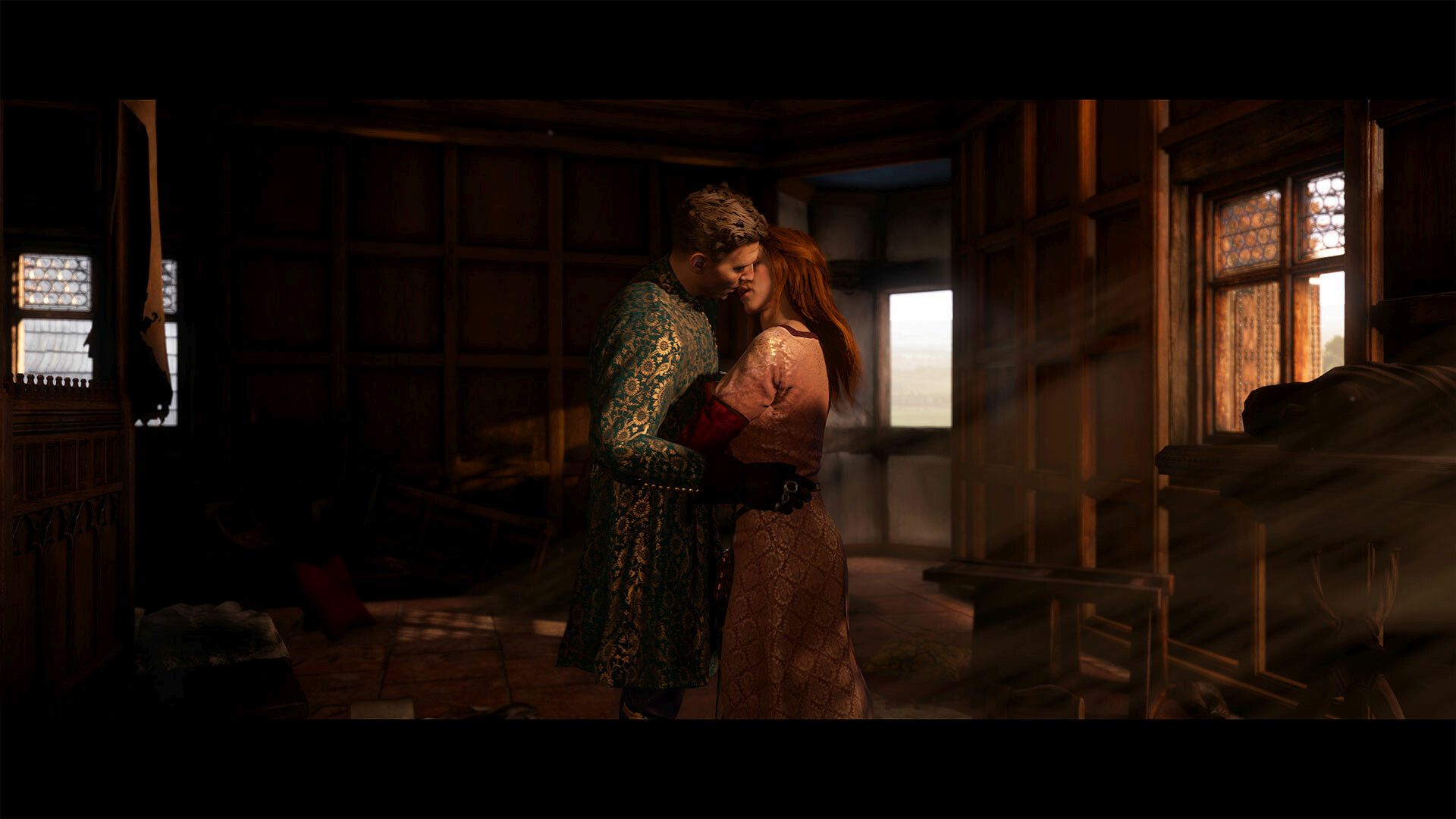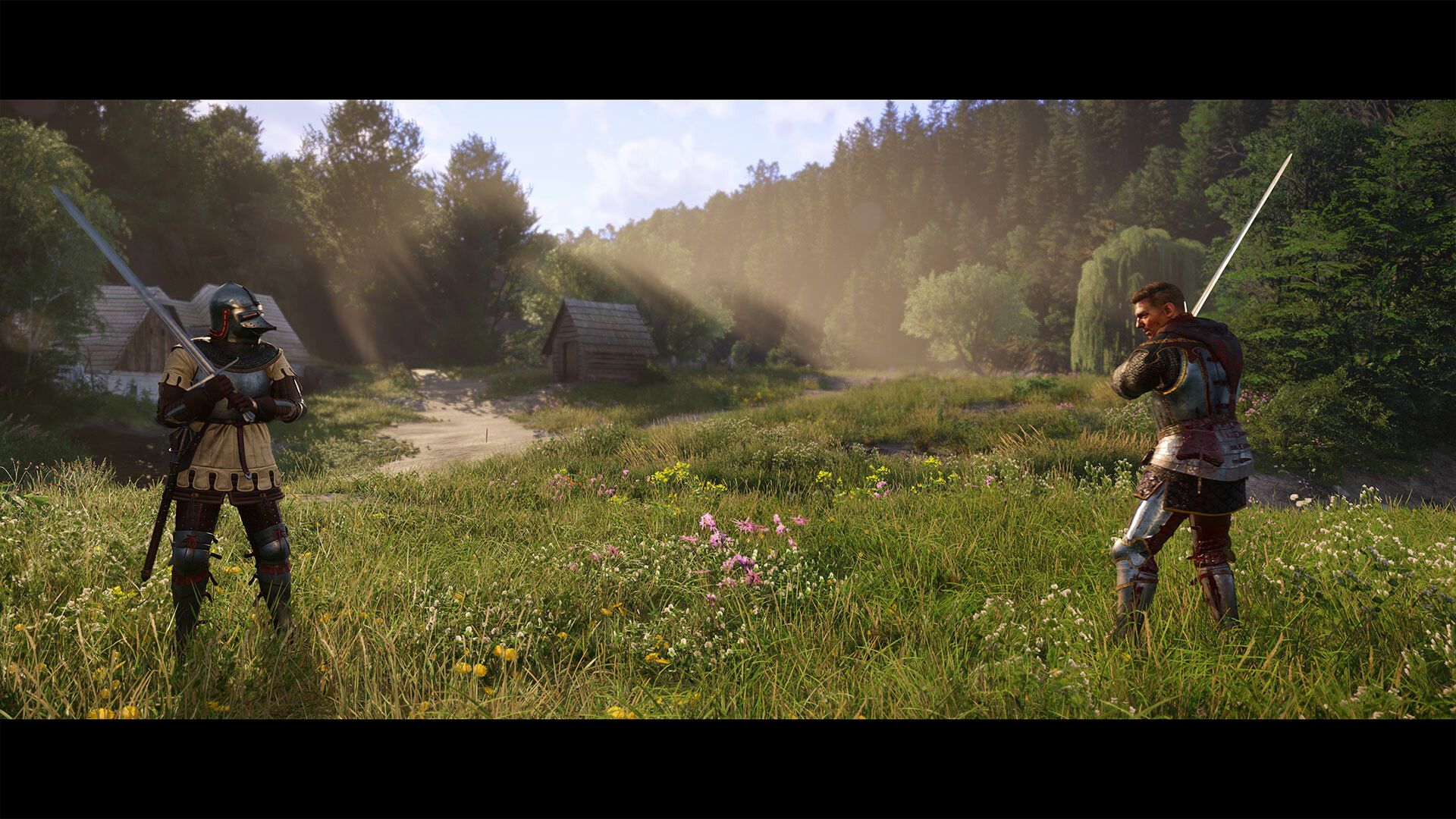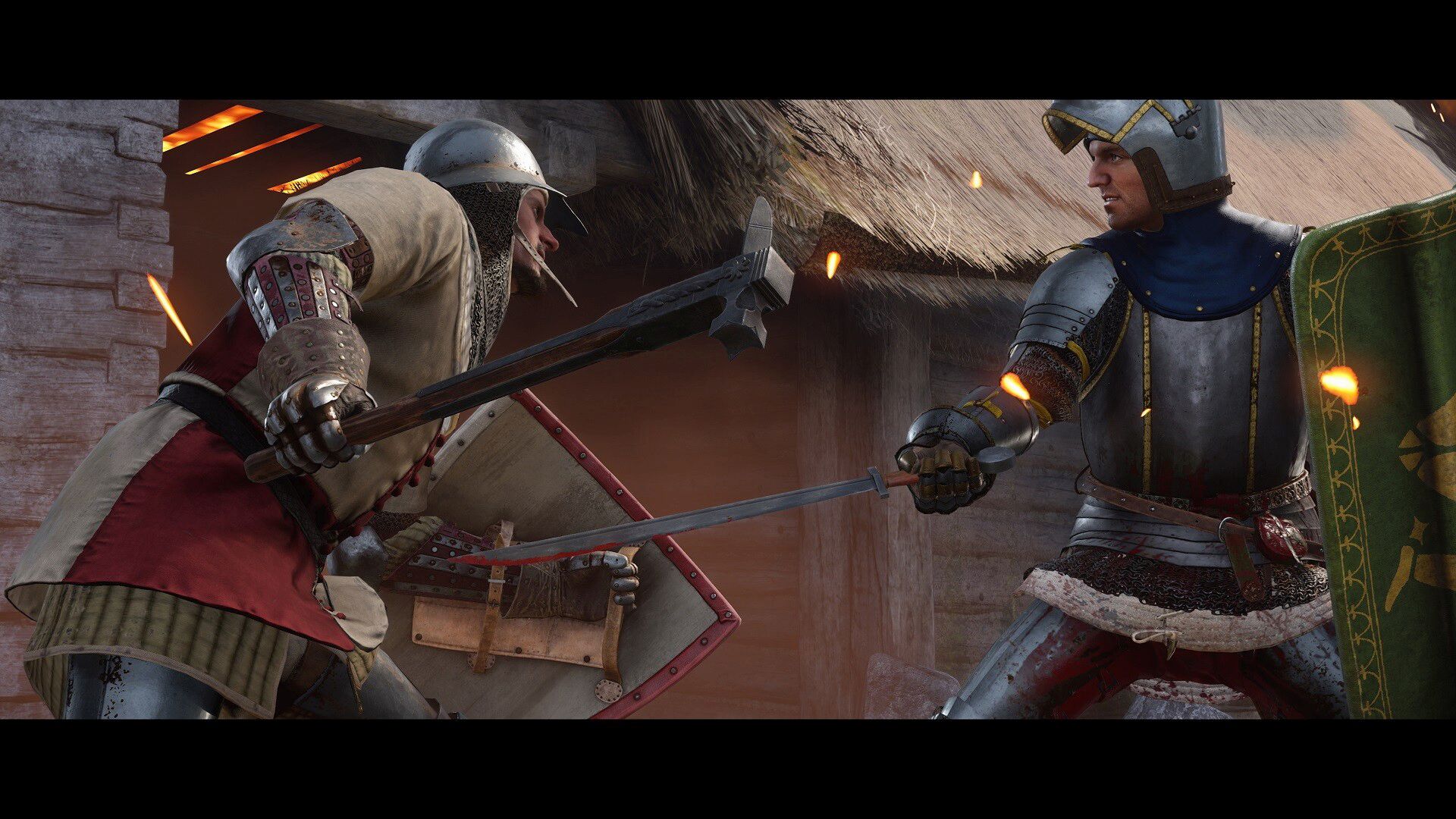Kingdom Come: Deliverance II Review
Released in 2018, Warhorse’s Kingdom Come: Deliverance was a captivating, unique and occasionally frustrating take on first person, open-world RPGs. Turning away from the fantasy tropes of Skyrim and its brethren, Kingdom Come: Deliverance was grounded in 15th century reality. Combat was slow, heavy and brutal. Survival meant cultivating a long list of skills. While some historians quibbled in the weeds of accuracy and some players were frustrated by technical issues, overall the game was a success. Seven years later, the studio has just released Kingdom Come: Deliverance II. In just about every way, the sequel impressively iterates on the original, which has become a cult classic.
When Last We Saw Our Hero
Once again, you play as Henry of Skalitz, picking up immediately where the first game ended. You are accompanying your nobleman friend Hans Capon and a small party to deliver a letter to Trosky Castle. Along the way you are beset by bandits and most of your comrades are killed, but you and Capon manage to escape your way to a remote woodland cottage, where the herbalist Bozhena and her daughter give you shelter. After healing, you continue on to the castle and nearby village of Troskowitz. You’re soon in the stocks with the hotheaded Capon, being pelted with rotten vegetables.
This is just a thumbnail description of the game’s tutorial prologue, a couple of hours out of an incredibly vast web of narratives and side quests that easily takes 100 hours or more to see through to the end. The prologue teaches the player just a few of the game’s basic systems like melee combat, a dice game, stealth, alchemy and more. Past the prologue, the game’s many systems will take hours to unfold.
For both new and returning players, the game introduces — or reacquaints — us with Henry and Hans. They’re two of the most well-drawn and likeable protagonists in recent memory. Hans is an immature braggart and acts wildly entitled. For all that, he’s still very entertaining. Henry is basically kind-hearted, smart and humble. Of course it’s up to the player to shape his character into a man of honor or criminality. As in real life, he will be both at various moments in the story.

No Spoilers Ahead
I won’t spoil any of the twists and turns of the expansive narrative, which separates and reunites Henry and Capon several times. Now and then, the player takes control of other characters, like the swordsman-priest Father Godwin. Over the course of the story, the game takes Henry though two large regions, each approximately the size of the first game’s map. Although they start in the countryside around Troskowitz, the duo eventually reaches the medieval city of Kuttenburg. I’m not sure there’s ever been a 15th century city so carefully imagined in a game before. The same goes for the lush forest and valleys. It’s a beautiful place to explore, firmly rooted in history.
Kingdom Come: Deliverance II is a genuine open world game, where the main narrative through-line is embedded in the completion of side quests. Sometimes the side content is optional. Often, side quests contain critical opportunities for relationship building and skill building. One of the game’s strengths — and frustrations — is how just about every interaction has a ripple effect. Sometimes it’s immediate. Often, the results don’t appear until several hours later, and the consequences can make progress difficult.
Between it’s warring political factions and social tensions, Kingdom Come: Deliverance II paints a compelling, insider’s look at the delicate dance that governed relationships in medieval Bohemia. Without the game’s outstanding voice acting and performance capture, it would be confusing as hell. Keeping track of the story is still challenging, though. And that, unfortunately, can lead to some wasted player time for anyone interested in a more streamlined approach.

Law of the Land
In the late middle ages, nothing came easy. In Kingdom Come: Deliverance II, just about everything Henry does requires multiple steps, a variety of materials, specific tools and skills. For example, making a potion at an alchemy bench is not a one-step operation. In addition to gathering ingredients, components need to be cooked, poured into specific containers and combined multiple times. Henry can’t just eat an apple, because it has to first be placed in a satchel.
On one hand, the game’s meticulous approach to realism results in a ridiculous amount of immersion. On the other, it can really bog down the pace of a very engaging story. Especially in the first few hours, earning coin means finding menial jobs, lucking into money or stealing it. The game has a deep and complex reputation system, but it has some inconsistencies and frustrations too. Somehow the authorities know that the innocuous apple in your bag was stolen from someone’s plate. Committing crimes always comes with consequences and choices.
While I’m thumbing through my minor complaints, the on-screen compass is kind of a mess and only marginally helpful. In general, the game’s UI and inventory management system is fairly inelegant and not always easy to grasp.

Clash of Swords
Of course, combat is an important element of Kingdom Come: Deliverance II, just as it was in the original. And just like the first game, the sequel aims for authenticity. While the combat system has been streamlined and simplified a little, it is nothing like that of most ARPGs. It’s slow, methodical and highly dependent on skill, timing and stamina. Swords feel appropriately heavy and until Henry develops some strength and endurance, combat is nearly immediately fatiguing. Overall, the number of moves is relatively small but they take time to learn effectively, and it takes several hours before Henry has the coin to upgrade or afford really good weapons.
Like in most RPGs, Henry can focus on increasing skill at specific weapon types. For the sequel, the array of tools has broadened to include more bows and primitive gunpowder weapons. The narrative organically introduces both the need for them and gives Henry the opportunity to embrace them as a primary weapon of choice.
Authenticity doesn’t always translate seamlessly into fun. For anyone who considers fluid, Soulslike combat to be the ideal, Kingdom Come: Deliverance II might frustrate. Even when mastered, melee can feel imprecise and there are few good options for crowd control. Overall, though, combat is definitely one and the same with the game’s focus on historical reality.
Lush Landscapes and Symphonic Grandeur
I want to take a moment to heap praise on Jan Volta and Adam Sporka, the composers responsible for the game’s score. Alternating between authentic Medieval/Renaissance instrumental touches and sweeping orchestral cues, it’s one of the best soundtracks I’ve heard in a long time, easily worth listening to outside the game.
Kingdom Come: Deliverance was ambitious but technically rough around the edges. It was the poster child for the quirky blend of bugs and weirdness sometimes labeled as Euro-jank. This time around, there is a far greater amount of polish, optimization and very few major issues. It’s a huge game with lots of moving parts that ran at a solid 60fps in 4K at Ultra settings and looked fantastic. Were there some bugs and some graphical glitches? Sure, but nothing game breaking. From changing weather to its day and night cycle, the game’s Bohemian world is a masterclass in art and environmental design.
Overall, character models are very good, the 2-million-plus lines of dialogue are consistently delivered well, and often much better than that. There’s a great deal of variety in tone, but the emotional shifts are organic. I was surprised at how genuinely funny the game was on occasion. My biggest gripe was that the game’s typical RPG dialogue system felt weirdly mechanical and didn’t always adapt to the moment.

A Tale of Two Games
The first Kingdom Come: Deliverance eventually found an audience that enjoyed its refreshingly hardcore approach to role-playing. But for many, the game was too slow, too laborious and too demanding. Deliverance II doesn’t change those elements, but the opening few hours tease that the game might be more accessible to a wider audience. The reality is that Kingdom Come: Deliverance II is not a good game for the masses, but it’s a great one for a specific group of gamers.
Kingdom Come: Deliverance II aims to tell an epic story filled with engaging characters in a beautifully made world, and at the same time be a hardcore medieval life simulator. There were definitely times when these two ambitions felt at odds, especially when my impatient self just wanted to get to the next story beat or finish a quest. At the same time, I almost never stopped enjoying the detailed environments, engaging in combat or meeting new people. Kingdom Come: Deliverance II is more ambitious, more polished and more narratively complex than the first game. It’s an impressive achievement that moves the unique franchise significantly forward.
***PC code provided by the publisher for review***
The Good
- Ambitious story and world building
- Effective writing and voice work
- Excellent musical score
- Beautiful environments
- Tons to do
85
The Bad
- Progression can be opaque
- Some overly complex mechanics
- Needs a mode for impatient people
- Combat is still a bit clunky





